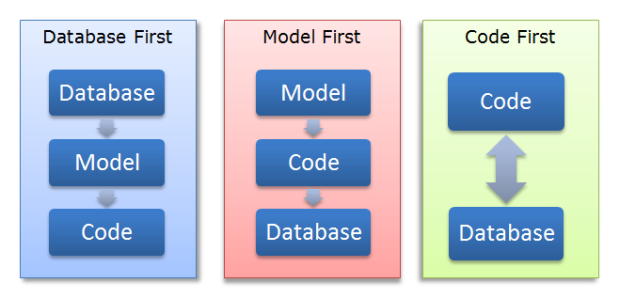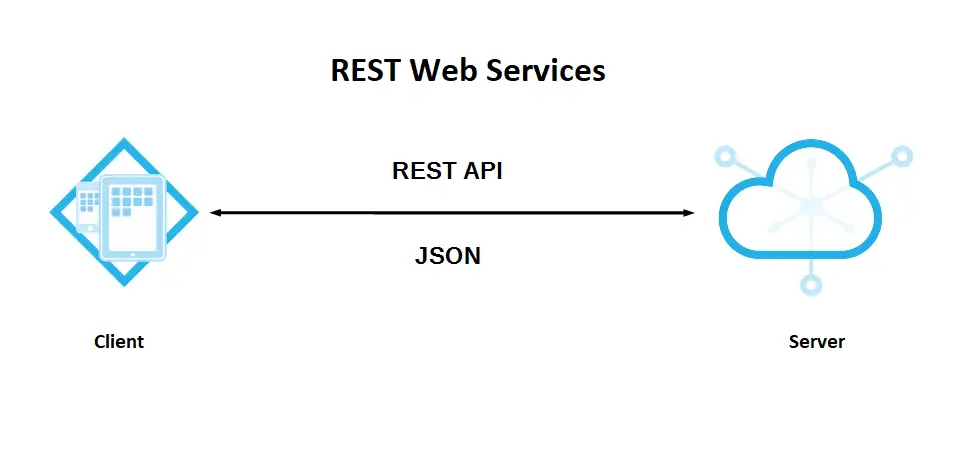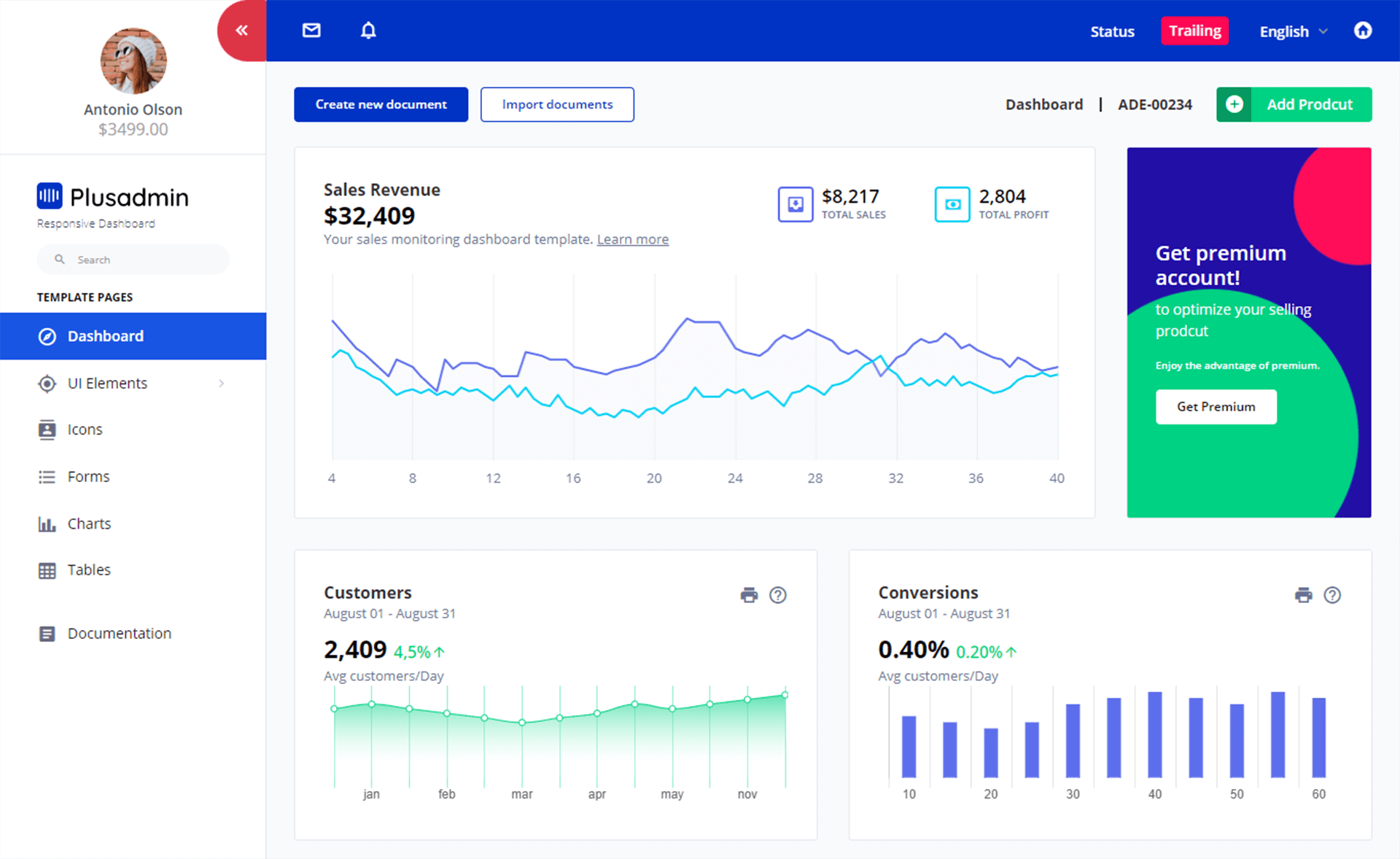Error 0x80004005 when starting ASP.NET .NET Core 2.0 in IIS
By Tan Lee Published on Dec 26, 2024 508
In this case, the issue is often caused by the absence of the IISExeLauncherArgs.txt file or a misconfiguration in the application’s deployment settings.
physical root '' failed to start process with commandline 'dotnet .\mywebapp.dll -argFile IISExeLauncherArgs.txt', ErrorCode 0x80004005 : e0434352.
In ASP.NET Core applications, the web.config file is used to configure the application’s behavior when running under IIS. In earlier versions of ASP.NET Core (such as 2.0), this configuration might have mistakenly referenced the IISExeLauncherArgs.txt file, even though it’s not needed or might not be present in the deployment environment.
To resolve this issue, follow these steps:
Navigate to the folder where your application is deployed: This will typically be the root folder of your web application on the IIS server.
Locate the
web.configfile: Theweb.configfile is essential for configuring how IIS interacts with your ASP.NET Core application.Open the
web.configfile in a text editor.In the
web.config, find the line that specifies theargumentssetting under the<aspNetCore>element. It will look something like this:
<aspNetCore processPath="dotnet" arguments=".\mywebapp.dll -argFile IISExeLauncherArgs.txt" stdoutLogEnabled="true" stdoutLogFile=".\logs\stdout" />
The problematic argument -argFile IISExeLauncherArgs.txt is not needed and may cause the application to fail. Remove this from the arguments attribute.
Change the line to:
<aspNetCore processPath="dotnet" arguments=".\mywebapp.dll" stdoutLogEnabled="true" stdoutLogFile=".\logs\stdout" />
After making the changes, save the file, then restart the IIS server or the specific site to apply the changes.
- Implement security headers for an ASP.NET Core
- How to add security headers to an ASP.NET Core Application
- How to Initialize TagHelpers in ASP.NET Core with Shared Data
- Boost Your ASP.NET Core Website Performance with .NET Profiler
- The name 'Session' does not exist in the current context
- Implementing Two-Factor Authentication with Google Authenticator in ASP.NET Core
- How to securely reverse-proxy ASP.NET Core
- How to Retrieve Client IP in ASP.NET Core Behind a Reverse Proxy





